
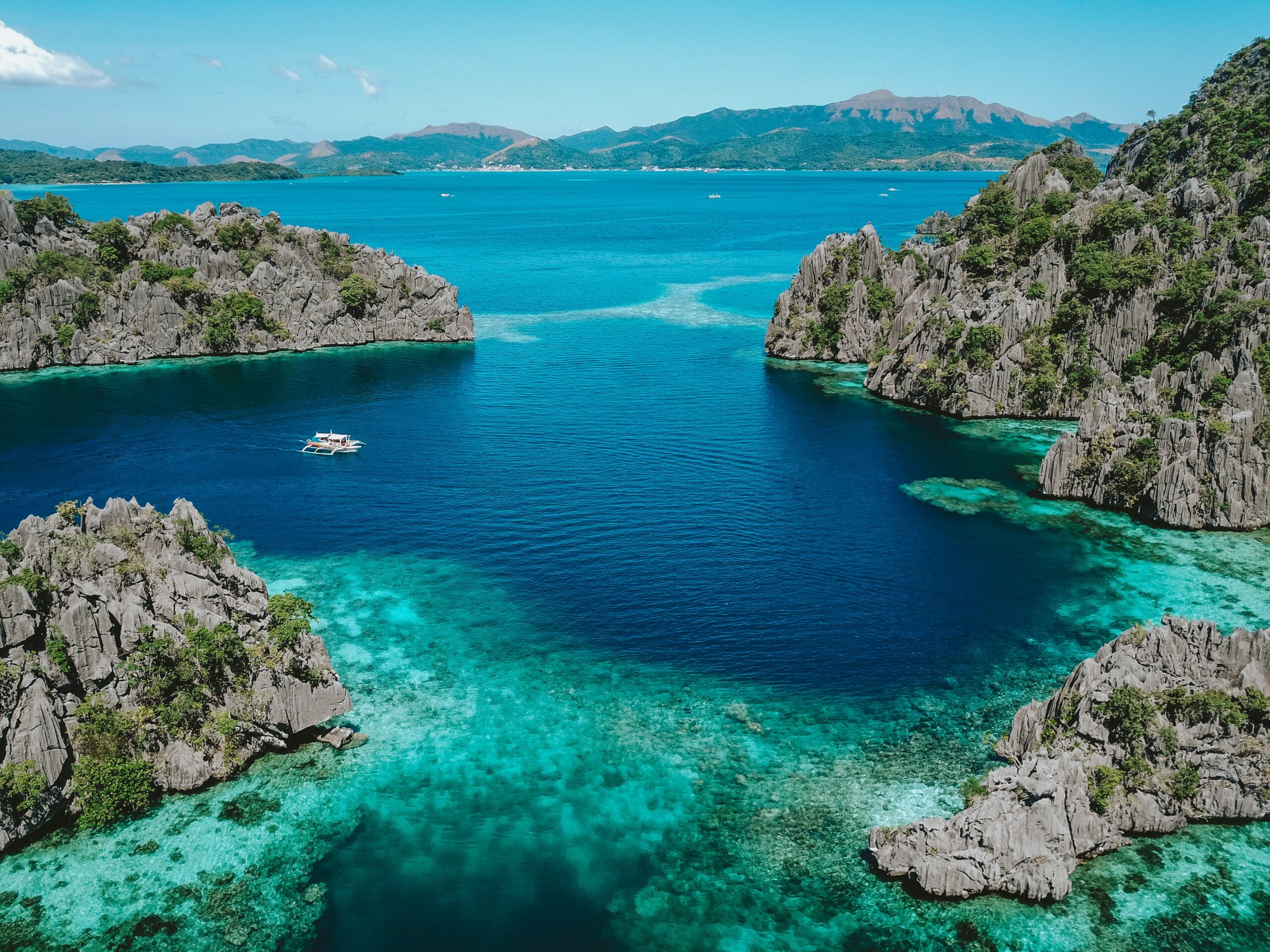
In PHILIPPINES

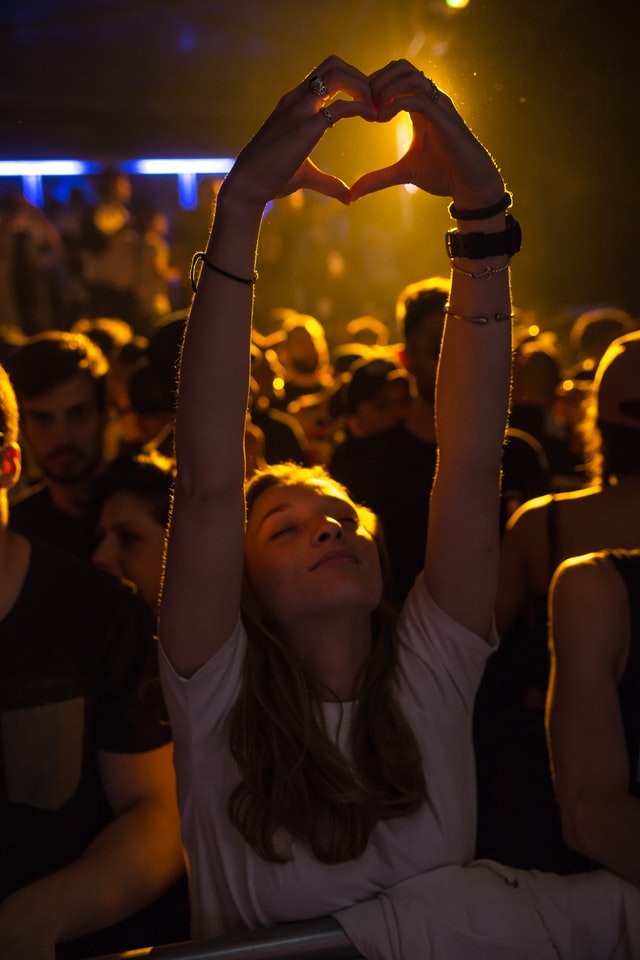
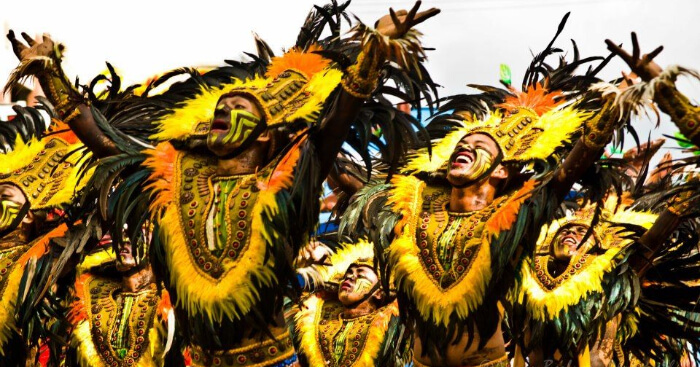

The Philippines (Filipino: Pilipinas) officially the Republic of the Philippines is an archipelagic country in Southeast Asia. It is situated in the western Pacific Ocean and consists of around 7,641 islands that are broadly categorized under three main geographical divisions from north to south: Luzon, Visayas, and Mindanao. The Philippines is bounded by the South China Sea to the west, the Philippine Sea to the east, and the Celebes Sea to the southwest. It shares maritime borders with Taiwan to the north, Japan to the northeast, Palau to the east and southeast, Indonesia to the south, Malaysia to the southwest, Vietnam to the west, and China to the northwest. The Philippines covers an area of 300,000 km2 (120,000 sq mi) and, as of 2021, it had a population of around 109 million people making it the world's thirteenth-most populous country. The Philippines has diverse ethnicities and cultures throughout its islands. Manila is the country's capital, while the largest city is Quezon City; both lie within the urban area of Metro Manila.
The name Philippines derives from that of the 16th-century Spanish king Philip II, and is a truncated form of Philippine Islands. During his reign, the Spanish empire attained its greatest power, extent, and influence.
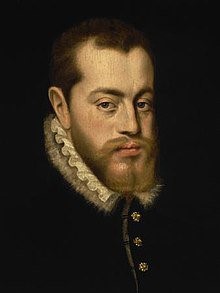
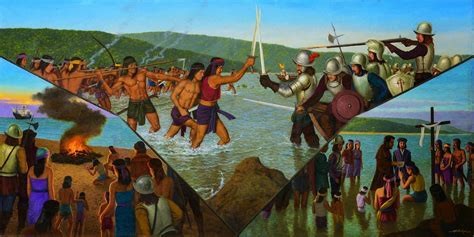
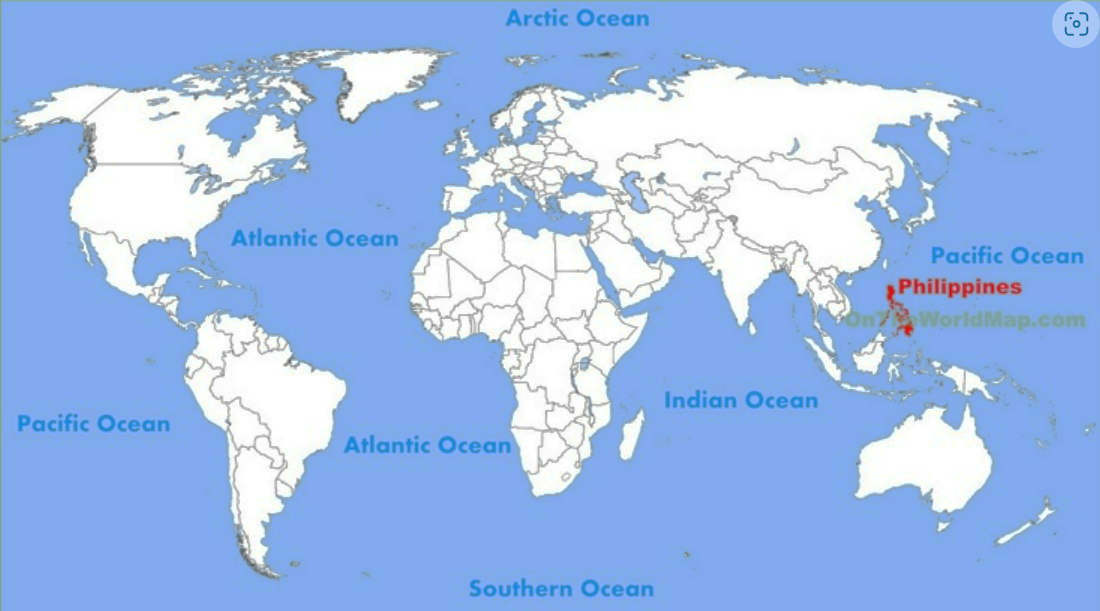



Index finger

Bill, please

Money

Thumbs up

Good Looking

Peace
The currency of Philippines is peso.The Philippine peso is derived from the Spanish peso or pieces of eight brought over in large quantities from Spanish America by the Manila galleons of the 16th to 19th centuries.Comparing Philippine Peso Against Popular Currency Rates
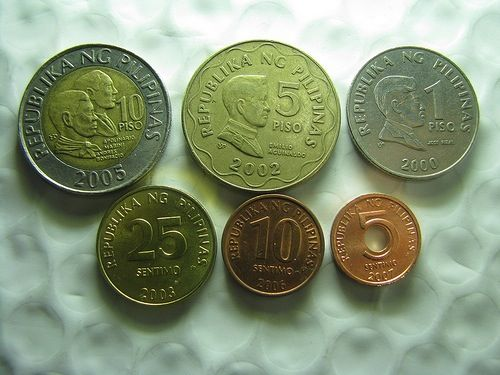
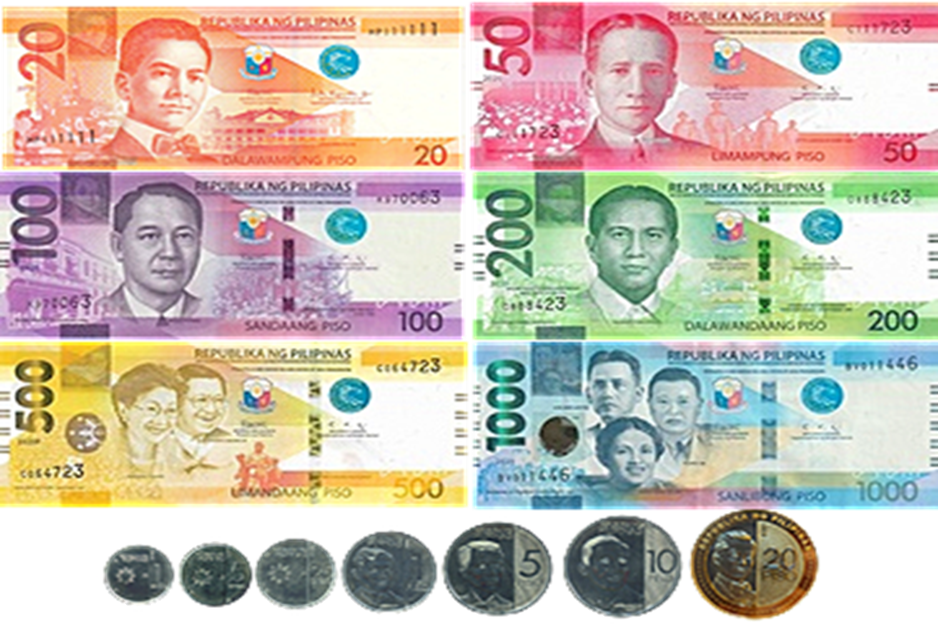
The National Commission for Culture and the Arts, the official cultural agency of the government of the Philippines, has categorized Filipino arts into traditional and non-traditional.
Maritime transport in the Philippines includes boat houses, boat-making, and maritime traditions. These structures, traditionally made of wood chosen by elders and craftsfolks, were used as the main vehicles of the people, connecting one island to another, where the seas and rivers became the people's roads.
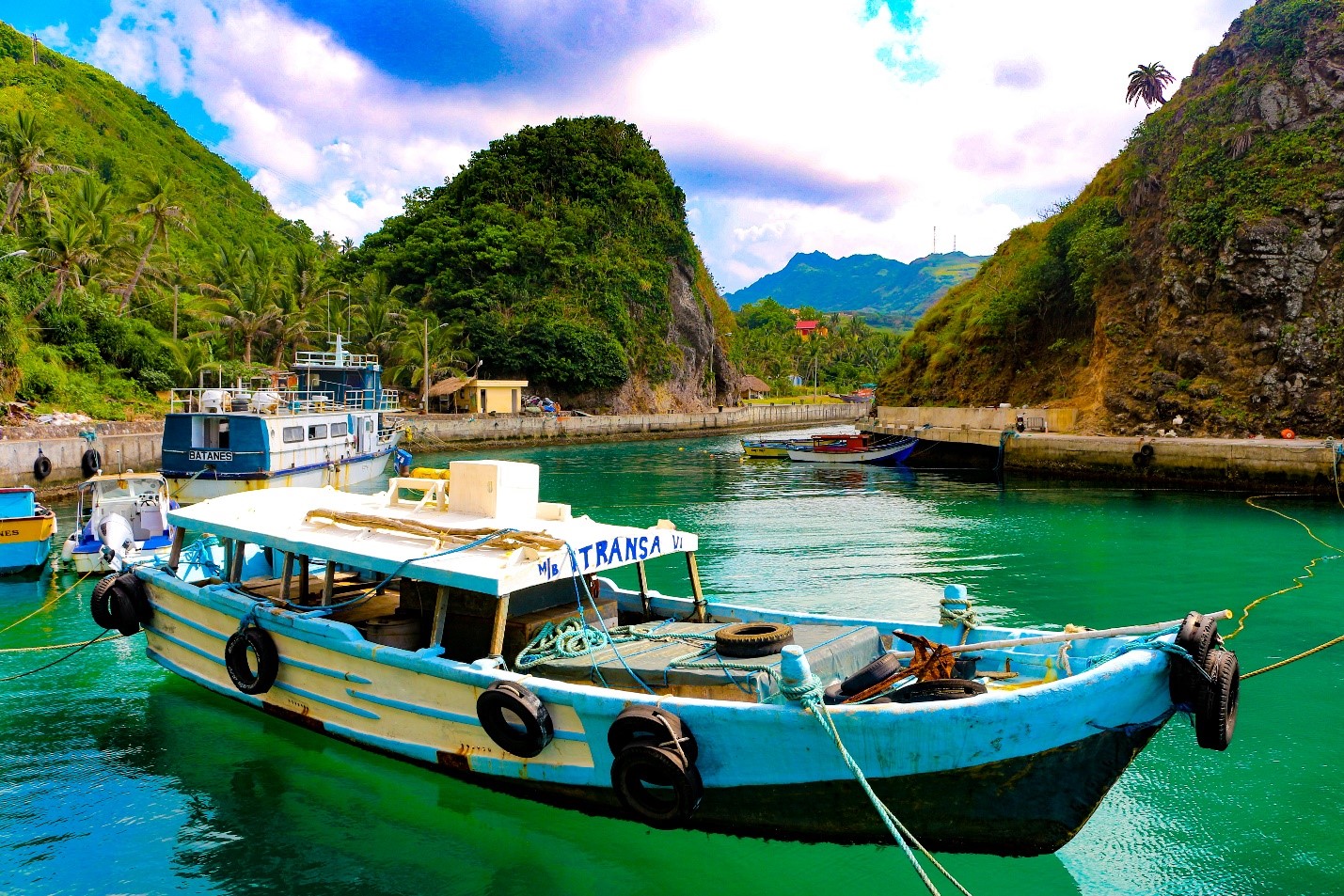
Weaving is an ancient art form that continue in the Philippines today, with each ethnic group having their distinct weaving techniques.The weaving arts are composed of basket weaving, back-strap loom weaving, headgear weaving, fishnet weaving, and other forms of weaving.

The fine art of basket weaving in the Philippines has developed intricate designs and forms directed for specific purposes such as harvesting, rice storage, travel package, sword case, and so on.
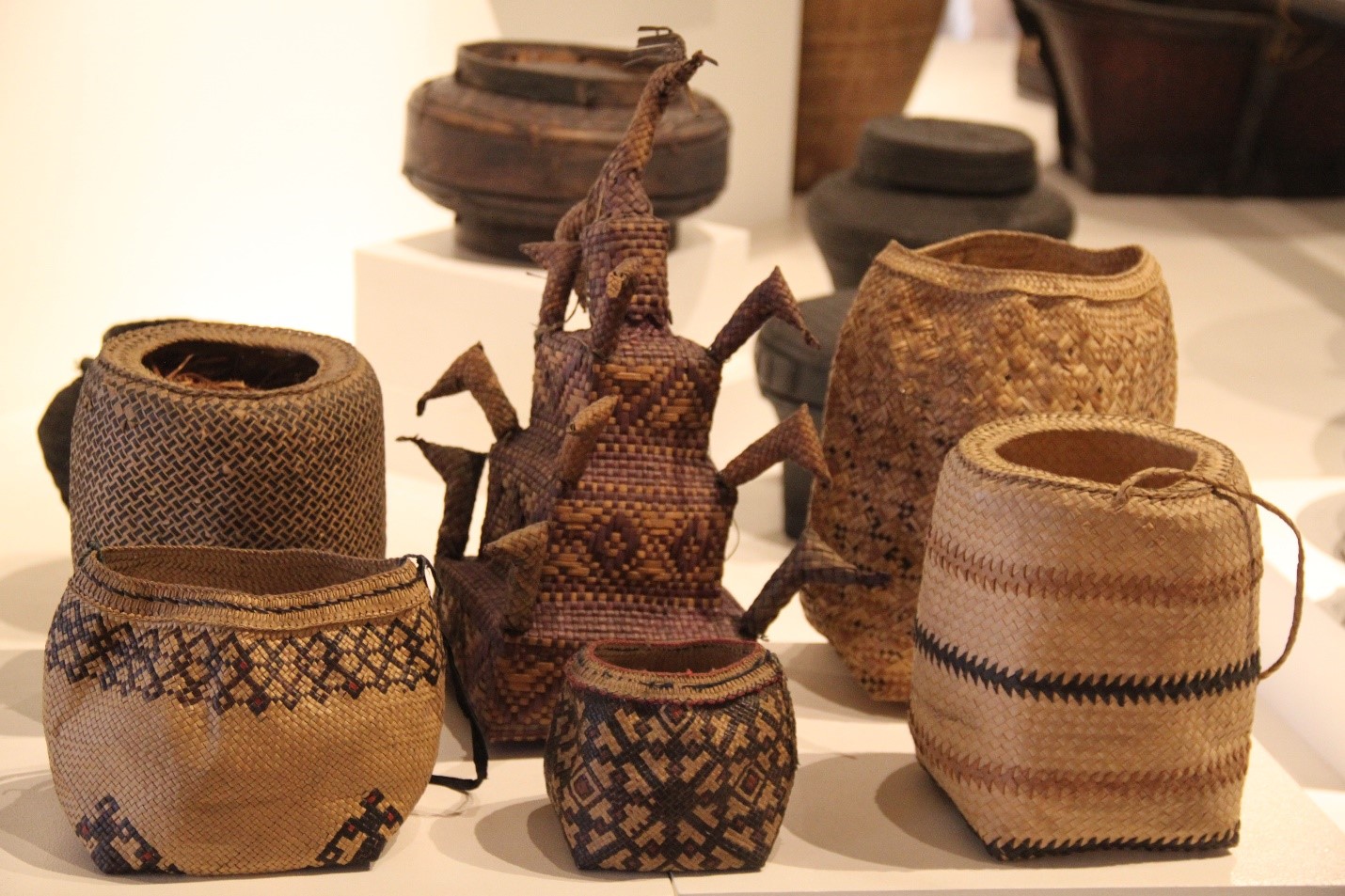
Indigenous woodcarving is one of the most notable traditional arts in the Philippines.

Folk dances, plays, and dramas constitute most of the folk performing arts in the Philippines. Like other Southeast Asian countries, each ethnic group in the Philippines possess their own heritage on folk performing arts, however, Filipino folk performing arts also includes Spanish and American influences due to the country's historical narratives.


The art of dance under the non-traditional category covers dance choreography, dance direction, and dance performance. Philippine dance is influenced by the folk performing arts of the country, as well as its Hispanic traditions. Many styles also developed due to global influences.

Musical composition, musical direction, and musical performance are the core of the art of music under the non-traditional category. The basis of Filipino music is the vast musical tangible and intangible heritage of the many ethnic groups in the archipelago, where some of which have been influenced by other Asian and Western cultures, notably Hispanic and American music.
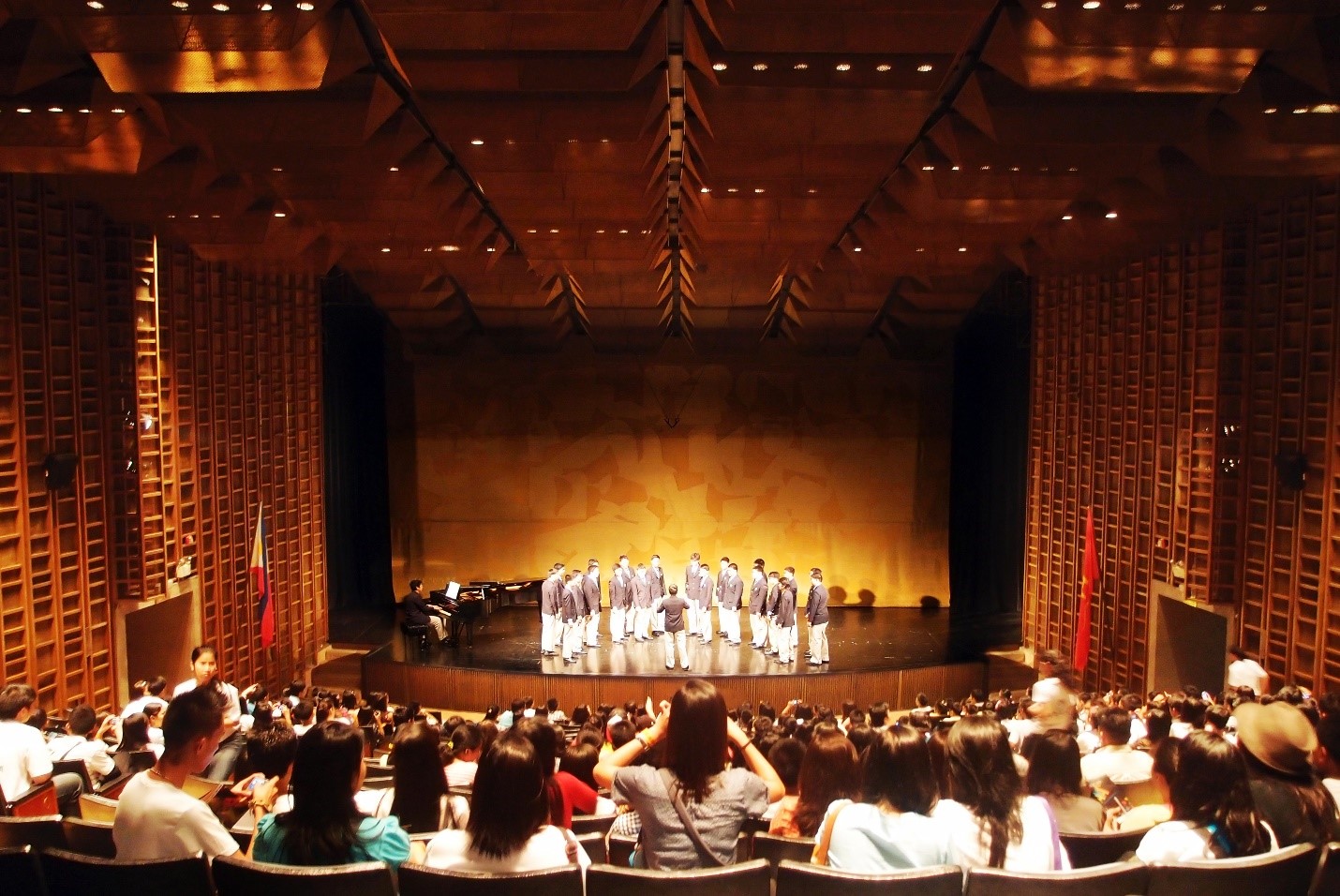
Theater has a long history in the Philippines. The basis of which is the folk performing arts under the traditional arts. In the non-traditional category, theatrical direction, theatrical performance, theatrical production design, theatrical light and sound design, and theatrical playwriting are the focal arts.
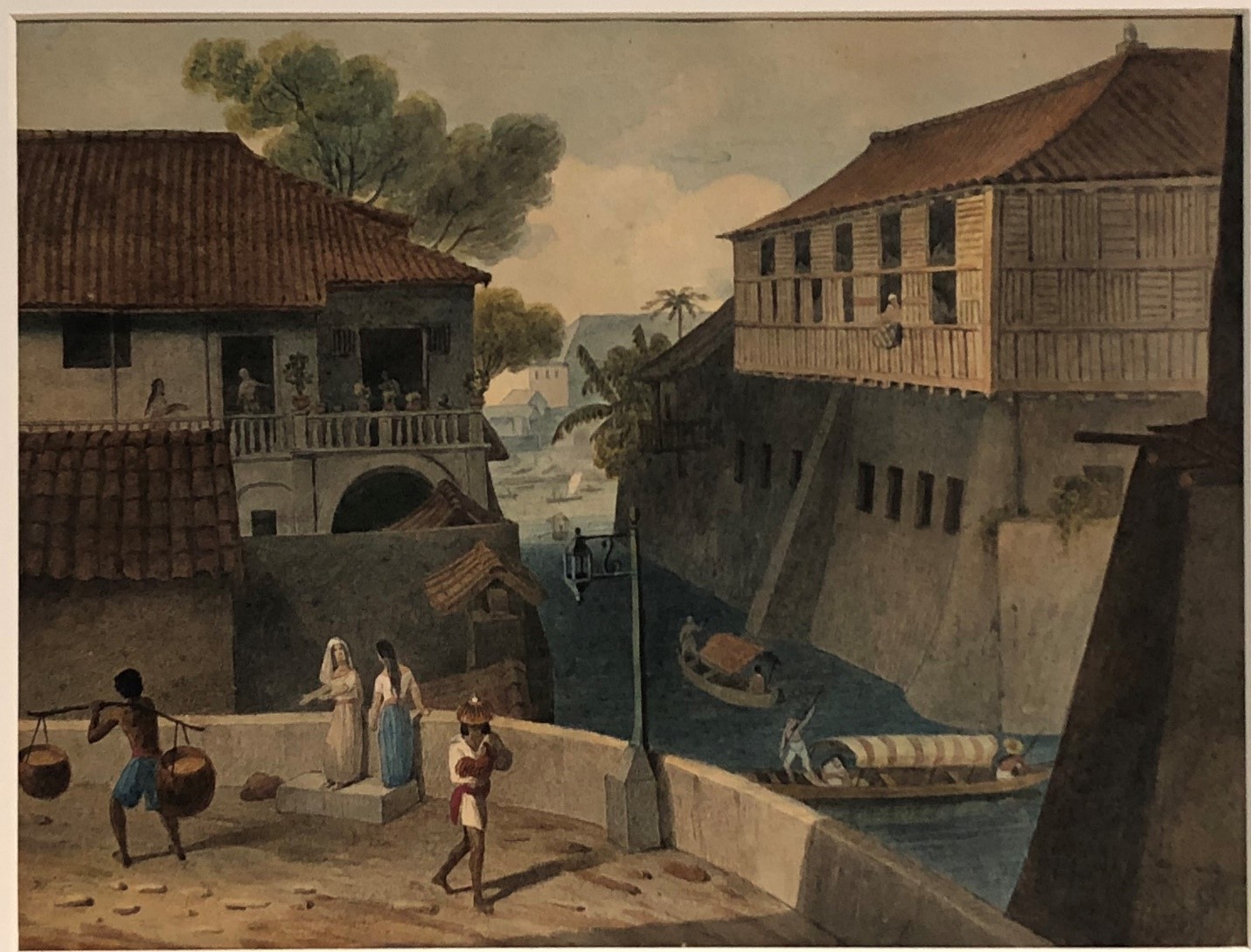
Folk painting has always been part of various cultures in the Philippines. Folk painting has always been part of various cultures in the Philippines. These paintings were done on canvas, wood, and a variety of metals.

Folk dances, plays, and dramas constitute most of the folk performing arts in the Philippines. Like other Southeast Asian countries, each ethnic group in the Philippines possess their own heritage on folk performing arts, however, Filipino folk performing arts also includes Spanish and American influences due to the country's historical narratives.
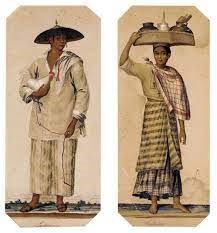

The national costume of the Philippines, the baro't saya, is an elegant hybrid of Filipino and Spanish clothing styles. The term itself comes from the Tagalong words "barot at saya" or "blouse and skirt," still the basic components of the ensemble.
The present-day Filipino culture still embraces superstitions that cling to ancient beliefs and practices. Some may be quite amusing, such as serving noodle dishes like pancit during birthday celebrations as it is believed to represent long life. Most early Filipinos believed in worshiping different gods, creatures, and spirits. They appease them through various practices, sacrifices, and rituals. However, due to the Philippines having a long history of colonization, religious beliefs and traditions have changed from animism to Christianity.
1/3 of the population employed in agriculture or agriculture-related industriesrice, coconuts, corn, sugarcane 47% of which is agricultural land. We have rich land, natural resources, hardworking farmers and agri-research institutions. Due to inadequate investment in traditional and other modern agricultural techniquesThe Phillippines agriculture sector has always been weighed down by low productivity and high production costs.




The majority of festivals in the Philippines, locally known as "fiestas
Sinulog Festival is a traditional celebration in Cebu City held every third Sunday of January to honor the Santo Niño (Child Jesus). Basically, the festival is done by a dance ritual, in which it tells the story of the Filipino people's pagan past and their acceptance of Christianity.

The word 'pahiyas' was derived from the word 'payas', which means decoration or to decorate. The reason behind such practice dates back to the 15th century, when farmers used to offer their harvests at the foot of Mount Banahaw.
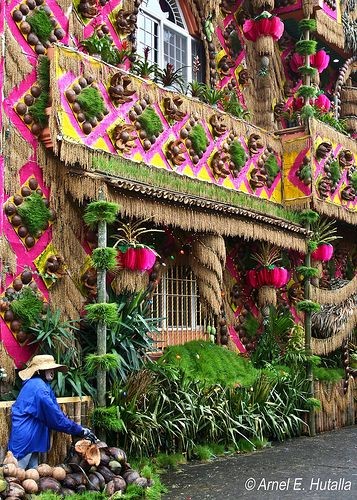
To lift the spirits of the locals and bring back the smiles on their faces, the MassKara Festival was created. The smiling masks were a declaration of the people of Bacolod City that they will pull through and survive the challenges and tragedies that they are facing. MassKara is derived from the words “mass” meaning “many” and “kara” meaning “faces,” thus calling it the Festival of Many Faces. Known as the City of Smiles, Bacolod parades many smiling masks worn by the locals during this festival in the Philippines.
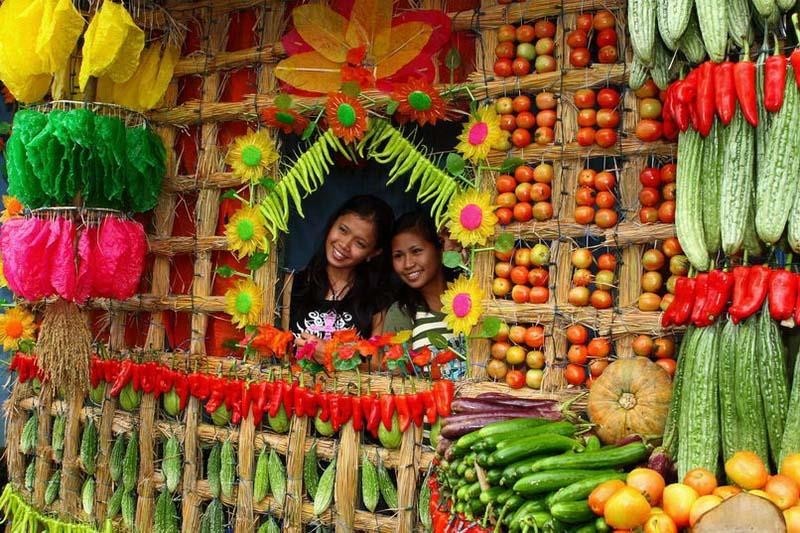

The Philippine Eagle is one of the world’s largest, most powerful birds of prey. It was formerly known as the Monkey-eating Eagle, as reports from natives told that the raptor preyed exclusively on monkeys. The Philippine eagle’s life expectancy ranges from 30 to 60 years. The Philippine eagle is considered the largest of the extant eagles in the world in terms of length and wing surface area, with only Steller's sea eagle and the Harpy eagle being larger in terms of weight and bulk. It has been declared the national bird of the Philippines.
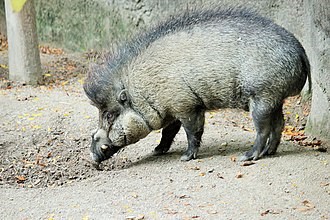
Visayan warty pigs are the rock stars of the pig world. During the breeding season, males (boars) grow a nine-inch-long, coarse, floppy mane that rivals Elvis Presley’s famous pompadour. The females (sows) seem to find this feature irresistible. Visayan warty pigs are one of the most endangered wild pig species. They survive in only 5 percent of their original range. In the wild, they live in small, fragmented populations on two Philippine islands. Threats include habitat destruction, population fragmentation, and hunting. These pigs indulge in mud baths during the day to cool down and forage when temperatures are cooler at dawn, dusk, or during the night. Pigs have an excellent sense of smell and can locate food many feet underground.

Tarsiers have the largest eyes relative to body size of any mammal. Each eyeball is around 16 millimeters in diameter, which is as large as the tarsier’s entire brain. The eyes are so large that they can’t rotate them. Instead, tarsiers can twist their necks a full 180 degrees in either direction, just like owls. Tarsiers are the only entirely carnivorous primate. Tarsiers get their name from the extraordinarily elongated tarsus bones in their feet. While the tarsier’s head and body are 4 to 6 inches in length, their hind legs and feet are twice as long. They also have a long, usually hairless tail that adds an extra 8 or 9 inches.

Tamaraw are dark brown to grayish in color small hoofed mammals with short and stocky limbs. There are white markings in the hooves and the inner lower forelegs. Most of the members of the species also have a pair of gray-white strips that begins from the inner corner of the eye to the horns. The nose and lips have black skin. The ears have white markings on the insides. Both males and females have short black horns in a V-shaped manner; the horns have flat surfaces and are triangular at their base.

A very rare medium-sized ground dove of lowland and foothill forest floor on Mindoro. Iridescent bluish on the head and back of the neck, with a purplish back, a blackish wing with white triangular marks on the shoulder, a white throat and underparts, and a small red “bleeding heart” in the center of the chest. Unlikely to be mistaken if seen well. The only other dove likely to flush from the ground would be Asian Emerald Dove. Apparently gives a low “croo croo” call.
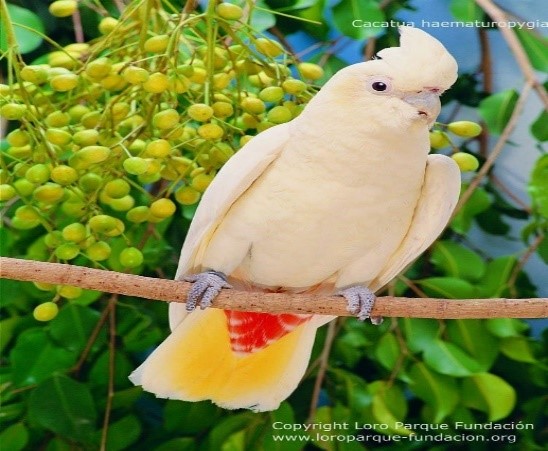
The Red-vented Cockatoo is recognisable by its white plumage with a red under tail and pale yellow underwings. They have greyish white beaks and a bare ring around the eyes. The males have dark brown eyes and the females have dark red eyes. The Red-vented Cockatoo has a short recumbent crest on the top of their head. They raise the crest when they are excited or alarmed. The species feed on seeds, fruit, flowers, buds and nectar, but they also forage on rice and corn crops.

The Rufous-headed Hornbill (Aceros waldeni), also known as the Visayan Wrinkled Hornbill, Walden's Hornbill or Writhed-billed Hornbill, is a critically endangered species of hornbill living in the rainforests on the islands of Negros and Panay in the Philippines. This is a critically endangered species. Rufous-headed Hornbills reproduce very slowly and thus are unable to survive high hunting pressures coupled with heavy logging of the rainforests. It is presumed extinct on Guimaras and now survives only on Negros and Panay.
Manny Pacquiao, in full Emmanuel Dapidran Pacquiao, byname Pac-Man, (born December 17, 1978, Kibawe, Bukidnon province, Mindanao, Philippines), professional boxer, media celebrity, and politician who became world-famous for winning boxing titles in more weight classes than any other boxer in history. His rise from abject poverty to the pinnacle of his sport was made even more remarkable by his life outside the ring. The charismatic “Pac-Man” was an idol and a unifying force in the Philipinnes, where his unprecedented popularity led to commercial endorsements, movies, television shows, CDs, and his image on a postage stamp. Over the next several years, Pacquiao engaged in a series of high-profile fights, winning the World Boxing Association (WBA) and IBF featherweight titles, the WBC and The Ring’s junior lightweight titles, and the WBC lightweight title.
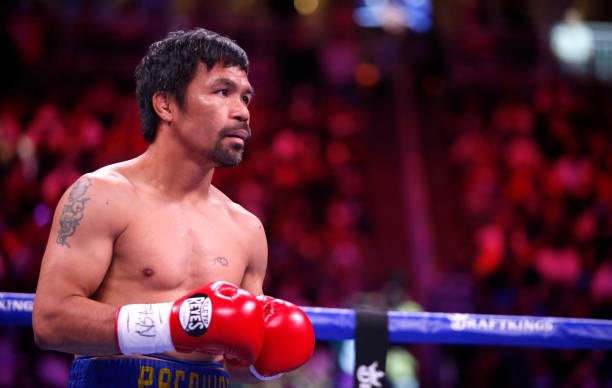
Lea Salonga began her singing career at the age of ten, when she recorded her first album, Small Voice. She also hosted her own musical TV show, "Love, Lea". She starred in "Miss Saigon" and was then offered the role of the singing voice of Jasmine in the Disney film Aladdin (1992). She has continued to record albums. Lea has performed for Queen Elizabeth II, George Bush, and Bill Clinton. She has a small, deep dimple near the right corner of her mouth. It appears when she smiles. Lea Salonga is a Tony Award-winning singer and actress known for a lengthy stage résumé that includes originating the role of Kim in Miss Saigon. She's also known as the singing voice of not one but two Disney princesses (Jasmine and Mulan), and as an international recording artist with album sales in the tens of millions.
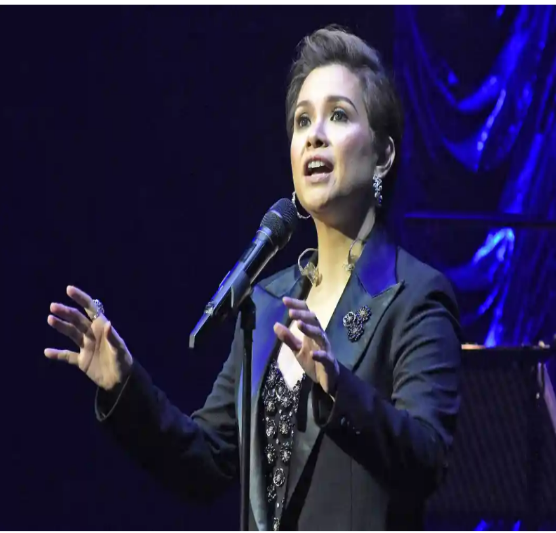
José Rizal (1861-1896) was a national hero of the Philippines and the first Asian nationalist. He expressed the growing national consciousness of many Filipinos who opposed Spanish colonial tyranny and aspired to attain democratic rights. José Rizal was born in Calamba, Laguna, on June 19, 1861, to a well-to-do family. He studied at the Jesuit Ateneo Municipal in Manila and won many literary honors and prizes. He obtained a bachelor of arts degree with highest honors in 1877. For a time he studied at the University of Santo Tomas, and in 1882 he left for Spain to enter the Central University of Madrid, where he completed his medical and humanistic studies.

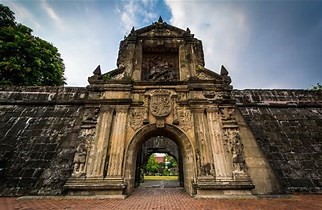
Fort Santiago built in 1571, is a citadel built by Spanish navigator and governor Miguel López de Legazpi for the new established city of Manila in the Philippines. The defense fortress is located in Intramuros, the walled city of Manila. The fort is one of the most important historical sites in Manila. Several lives were lost in its prisons during the Spanish Empire and World War II. José Rizal, one of the Philippine national heroes, was imprisoned here before his execution in 1896. The Rizal Shrine museum displays memorabilia of the hero in their collection and the fort features, embedded onto the ground in bronze, his footsteps representing his final walk from his cell to the location of the actual execution.

The Manila Ocean Park is a oceanarium in Manila, Philippines. It is owned by China Oceanis Philippines Inc., a subsidiary of China Oceanis Inc., a Singaporean-registered firm. It is located behind the Quirino Grandstand at Rizal Park. The construction involved erecting structural pillars at the beachfront and constructing the platform that would serve as the foundation of the entire building. The base structure and platform was completed and for a while served a secondary purpose as a promenade walkway until construction of the actual park continued. The main attraction of Manila Ocean Park is the Oceanarium which houses 14,000 sea creatures from about 277 species all of which is indigenous in Southeast Asia. The Oceanarium has seven sections and contains 3,000 cubic meters (110,000 cu ft) of sea water.[5] Its main feature is the 25-meter (82 ft) 220° curved walkway tunnel after a 55-meter (180 ft) walkthrough inside the Oceanarium. The water used in the Oceanarium is derived from the Manila Bay which is filtered to be suitable to marine life.
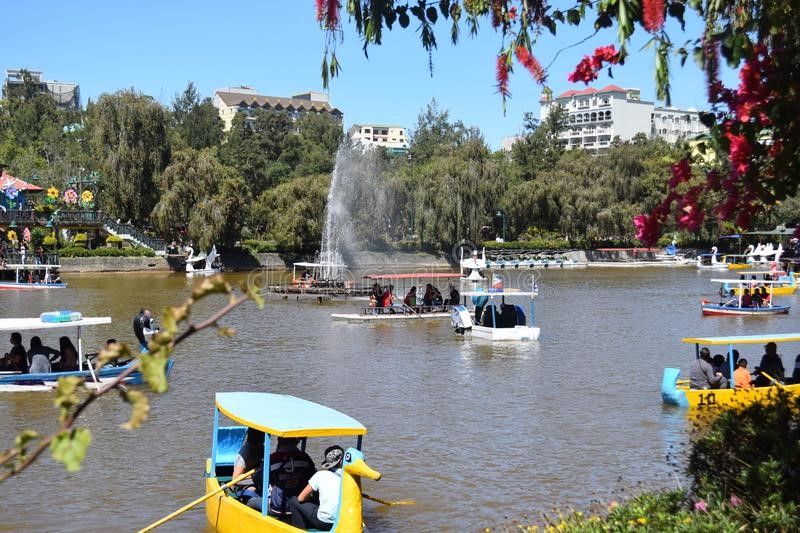
Burnham Park, officially known as the Burnham Park Reservation, is a historic urban park located in downtown Baguio, Philippines. It was designed by eponymous American architect and Baguio city planner, Daniel Burnham. Burnham Park was envisioned by American architect Daniel Hudson Burnham[2] as part of a larger plan for the city of Baguio in 1905.[3] After having presented the preliminary plans for Baguio and the capital city of Manila, Burnham left the task of interpreting such plans to William E. Parsons.[4] The area where Burnham Park is situated was formerly known as 'Baguio Meadow".[5] Burnham's role in establishing the park is acknowledged through a bust bearing his likeness and a plaque located at one end of the park.

Boracay Island’s White Beach is the most famous beach in the Philippines. The premier destination for the ultimate paradise experience, White Beach is about four kilometers long and its coast is dotted with hotels, restaurants, resorts, shops, and other businesses associated with tourism. White Beach is known worldwide for its long stretch of powdery white sand and pristine water. Almost everyone who travels to Boracay for leisure stay in this area. White Beach is divided into three boat stations – Station 1 where the sand is the finest and where most luxury resorts are located, Station 2 the busiest and most crowded due to concentration of restaurants, resorts, bars and shops, and the more laidback and less crowded Station 3 where cheaper accommodation can be found. Take note that there is no physical barrier of some sort to separate the stations. Anyone can explore any station any time of the day.
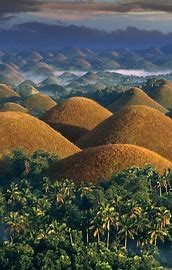
One of the top tourist attractions in the Philippines, The Chocolate Hills are unusual geological formations that consists of at least 1,268 individual mounds scattered throughout the interior of the island of Bohol. The almost symmetrical and same-sized formations range from 98 to 164 feet (30 to 50 meters) high and are covered in green grass. During the dry season the grass turns brow, hence the name. There is no consensus on how these giant mole hills were formed. One theory holds that the Chocolate Hills are the weathered rock formations of a kind of marine limestone on top of an impermeable layer of clay.
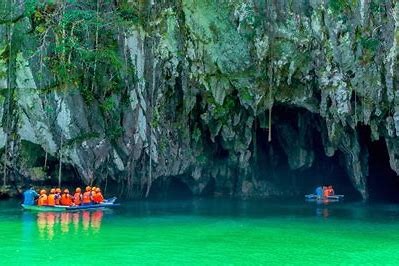
Located on the northern coast of the island of Palawa, Puerto Princesa is a nature lover’s paradise. Home to unspoiled landscapes rich in wildlife, this lovely town also lays claim to one of the world’s most unique natural phenomena, an underground river known as the Puerto Princesa Subterranean River. Protected within a national park, this natural wonder is the world’s longest navigable underground river. Guided paddle boat tours show intriguing rock formations and fluttering bats.

One of the most popular waterfalls in the country, Kawasan Falls is a multi-tier falls found at the foot of Mantalongan Mountain Range in Badian, Cebu. The waterfalls are picture-perfect with the lush greenery and natural pools where people can take a refreshing dip into the cool turquoise water. Considering that the waterfalls are found amidst the forest, an uphill hike is necessary to reach the first waterfall which is also the largest and usually crowded among the three-layer falls. Aside from swimming, canyoneering is also a popular activity done in the area. Some parts of Kawasan were affected when Typhoon Rai (local name Odette) hit Cebu and it’s temporarily closed for rehabilitation.
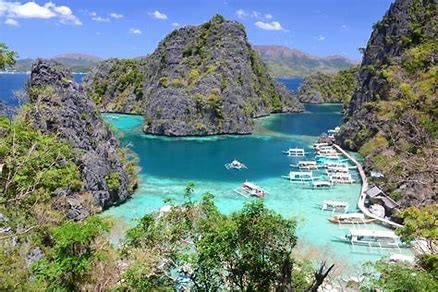
Kayangan Lake is a crystal-clear freshwater lake in Coron, featuring underwater rock formations, caves and islets. It’s a popular spot for photographers, for fairly obvious reasons, and is said to be the cleanest lake in all of the Philippines. The water is so clear that you can often see down to a depth of 10 metres, enabling even non-swimmers to see the untouched rock formations from viewpoints around the lake. You can swim, snorkel and dive in Kayangan Lake, and hike the overlooking mountain for panoramic views of the area. Keen hikers with a tour guide can also visit a cave at the top of the mountain but may not be able to enter. Swimmers wishing to jump into the lake should seek advice from guides about where the safest diving spots are, because there are some protruding sharp rocks under the water. It’s also worth noting that you won’t float as easily in the super-fresh water as you would in the sea. Entrance to the lake park costs around 200 pesos and includes a tour to the Twin Lagoon and Twin Peaks. Many independent tour companies also run tours of the lake and its surroundings, including a beautiful boat tour to the lake itself.

Cebu is a magical island in the Philippines archipelago. While it’s full of architectural and cultural heritage, the island and surrounding islets are also a haven for natural beauty and home to some fascinating Cebu beaches. Swimming with whale sharks off the coast of the Cebu city of Oslob is a raging hit with locals and international tourists who come to Cebu, but the main attractions are these white, sandy beaches of Cebu that are to be found all over the islands.

Balabac Island is the southernmost island of the Palawan province, and therefore the westernmost undisputed island in the Philippines, only about 50 kilometres (31 mi) north from Sabah, Malaysia, across the Balabac Strait

A renowned hub for artisans, underground musicians, lovers, dreamers and pleasure seekers from across the globe, Cloud9 is Fiji’s first and original two level floating platform surrounded by turquoise blue water and picturesque views with an internationally stocked cocktail bar and Italian wood-fired .
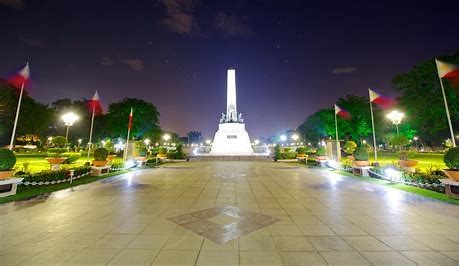
Rizal Park (Filipino: Liwasang Rizal, Spanish: Parque Rizal), also known as Luneta Park or simply Luneta, is a historic urban park located in Ermita, Manila, Philippines. It is considered one of the largest urban parks in the Philippines, covering an area of 58 hectares (140 acres). The site on where the park is situated was originally known as Bagumbayan during the Spanish colonial period. It is adjacent to the historic Walled City of Intramuros. Situated on the eastern shore of Manila Bay, the park plays a significant role in shaping the history of the Philippines. The execution of Filipino patriot José Rizal on December 30, 1896 in the same area fanned the flames of the 1896 Philippine Revolution against the Kingdom of Spain. The park was officially named in his honor, and the monument enshrining his remains serves as the park's symbolic focal point. The declaration of Philippine independence from the United States was held here on July 4, 1946, as well as later political rallies, including those of Ferdinand Marcos and Corazon Aquino, the latter having culminated in the EDSA Revolution in 1986.
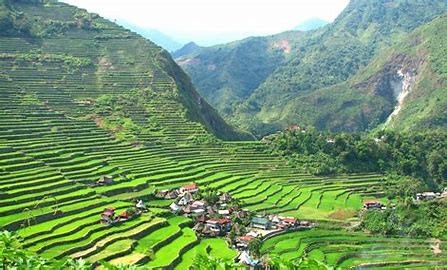
The Banaue Rice Terraces (Filipino: Hagdan-hagdang Palayan ng Banawe) are terraces that were carved into the mountains of Banaue, Ifugao, in the Philippines, by the ancestors of the Igorot people. The terraces are occasionally called the "Eighth Wonder of the World".[1][2][3] It is commonly thought that the terraces were built with minimal equipment, largely by hand.[4] The terraces are located approximately 1,500 metres (4,900 feet) above sea level. These are fed by an ancient irrigation system from the rainforests above the terraces. It is said that if the steps were put end to end, it would encircle half of the globe.
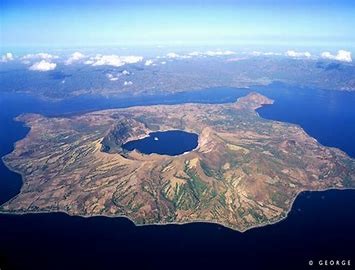
Taal Volcano (IPA: [taʔal]; Tagalog: Bulkang Taal) is a large caldera filled by Taal Lake in the Philippines.Located in the province of Batangas, the volcano is second of the most active volcanoes in the country, with 38 recorded historical eruptions, all of which were concentrated on Volcano Island, near the middle of Taal Lake.The caldera was formed by prehistoric eruptions between 140,000 and 5,380 BP. The volcano is located about 50 kilometers (31 mi) south of Manila, the capital of the Philippines. Taal Volcano has had several violent eruptions in the past, causing deaths on the island and the populated areas surrounding the lake, with an overall death toll of about 6,000. Because of its proximity to populated areas and its eruptive history, the volcano was designated a Decade Volcano, worthy of close study to prevent future natural disasters. All volcanoes in the Philippines are part of the Ring of Fire.
